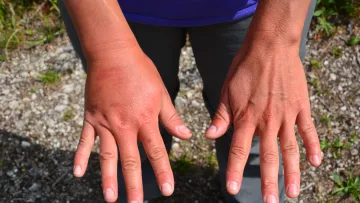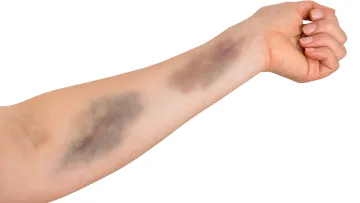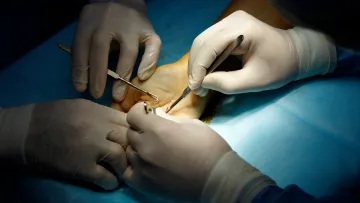
Broken Arm Treatment
Treating Your Broken Arm
Your arm is made up of three bones: the radius, the ulna, and the humerus. When one or more of these bones become fractured, it can lead to pain, swelling, and even deformity. Our orthopedic specialists can treat a broken arm through treatments such as immobilization, physical therapy, or surgery. We will first assess the severity of the injury during a consultation at our Leander, TX, office or another one of our Austin-area locations.
Proper and timely treatment of a broken arm is extremely important to minimize long-term effects.

Our Hand, Wrist, and Elbow Expert
Immediate Effects of a Fracture
In many cases, individuals hear a snapping or cracking sound when a bone fracture occurs. Additional symptoms of a broken arm include:
Common Causes
The risk for arm fractures is increased in patients with certain medical conditions, including osteoporosis and bone tumors.
There are several scenarios that can lead to a broken arm. Some of the most common causes include:
Falls
Sports-related injuries
Traumatic accidents
Child abuse
Treating a Broken Arm
If you have suffered a broken arm, the course of action recommended will depend on the severity of the fracture. Over-the-counter pain relievers may be recommended to help alleviate discomfort. For severe pain, your doctor may prescribe a narcotic for the first few days. Ask your doctor before taking NSAIDs - such as aspirin, ibuprofen, or naproxen - as these drugs could hinder healing if used over the long term. If the fracture broke through the skin, antibiotics will likely be provided to reduce the risk of infection.
In addition to managing pain and minimizing the risk of infection, treatment may include:









